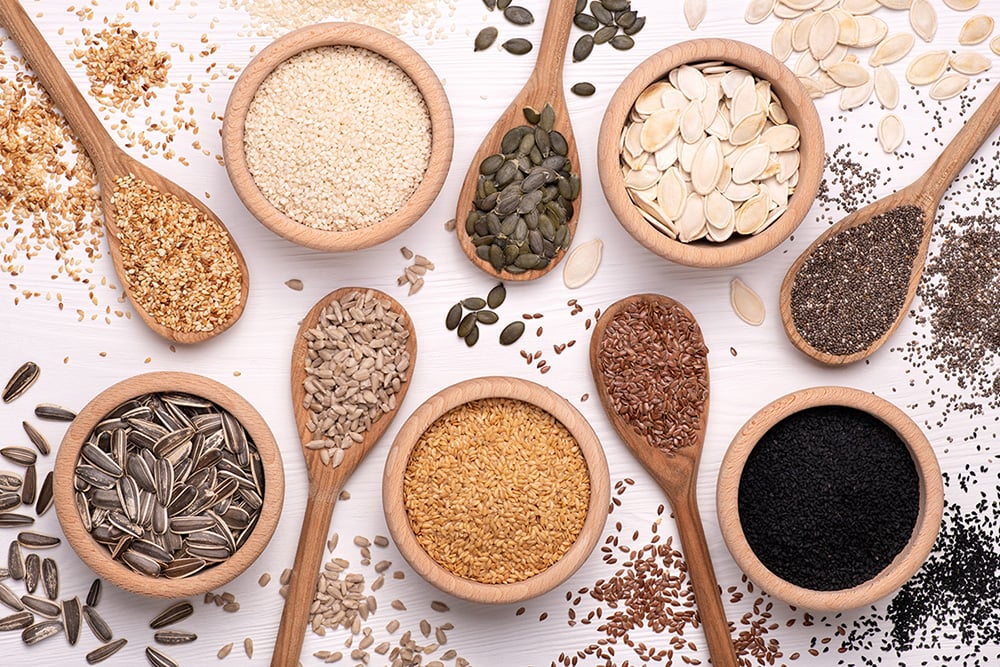
Fish oil and Omega-3 have become synonymous. As we learn the importance of Omega-3 for our major health areas, it leaves many asking if there are plant-based sources of this vital nutrient.
What are Omega-3s?
Omega-3 fatty acids are polyunsaturated or “healthy” fats that are vital for a number of processes that your body must get from the food you eat. There are three types of Omega-3 which are EPA, DHA, and ALA. Typically, EPA and DHA come from fatty fish while ALA comes from plant sources.
Benefits of Omega-3
Promotes Heart Health
Medical professionals have strongly recommended omega-3s from fish and fish oil supplements to protect and promote heart health. In a study of over 8,000 people with elevated cardiovascular risk and high blood-triglyceride levels, participants were given prescription Omega-3 and showed improvements and decreased incidence of stroke over the placebo.
Decreases Inflammation
Animal experiments and clinical intervention studies indicate that omega-3 fatty acids have anti-inflammatory properties.
Boosts Brain Function
The omega-3 fatty acids EPA and DHA are abundant in the cell membranes of brain cells. These fatty acids are vital for brain development, function and preservation during the various stages of life from childhood to old age.
Supports Strong Bones and joints
Essential fatty acids like Omega-3s can enhance the effect of vitamin D thereby increasing calcium absorption. Additionally, people taking Omega-3 have reported feeling less joint stiffness.
Might Put You in a Better Mood
Omega-3 may go some way in relieving depression according to Harvard Health. (disclaimer: study results weren’t unanimous. Don’t stop taking medications without consulting your doctor.)
Improves Sleep Quality
Several studies have found a link between omega-3 fatty acids and improved sleep quality in adults.
Are Omega 3 Deficiencies Possible?
While not too likely, some signs of an Omega-3 deficiency include dry skin, dry eyes and decreased immunity.
Are plant-based omega-3 sources different from fish-based sources?
Most health benefits are associated with EPA and DHA fatty acids from fish, while plant sources of Omega-3 provide ALA. But your body can convert ALA into EPA and DHA. There has been no clinically significant evidence vegans or vegetarians suffer omega-3 deficiency at a higher rate than the greater population.
Plant Sources of Omega-3
Seaweed and Algae

Seaweed and Algae are an especially important entry on this list as some of the only plant-based sources of EPA and DHA Omega-3, which is mostly found in fish.
You can find Omega-3 supplements made from seaweed and algae in capsules or powders that you can mix into a smoothie.
Seaweed can also be enjoyed in numerous ways like sushi rolls, wakame soup, dried seaweed snacks, or pickled.
Edamame
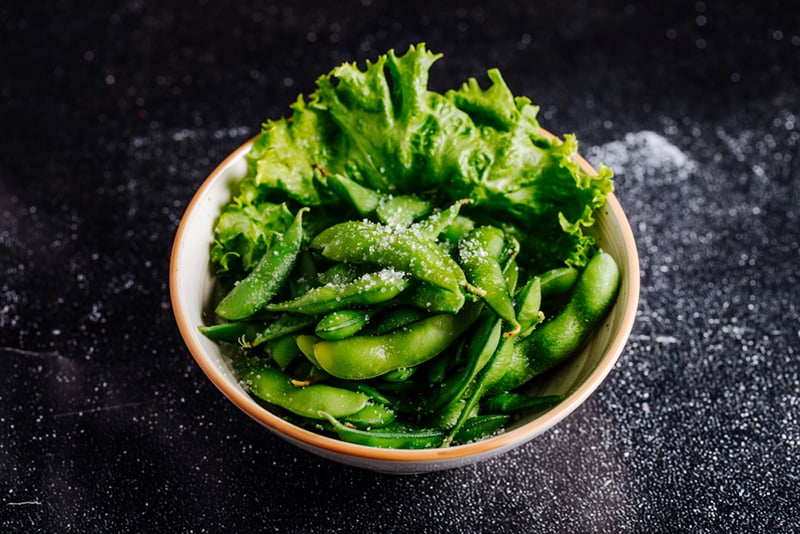
Each ½ cup serving of edamame contains 280 mg or about one-quarter of your recommended daily intake of Omega-3. Additionally, they’re an excellent source of plant-based protein with 8 grams per serving.
You can add edamame steamed on its own, add it to a salad, or stir fry with garlic and peppers.
Chia seeds
Chia seeds aren’t just for fun art projects anymore. In recent times, they’ve come to be known as a plant-based powerhouse of nutrients. Each 20-gram (1.5 tbsp) serving contains 3.5 grams of Omega-3. An additional benefit for plant-based eaters is that Chia seeds are a complete protein, containing all nine essential amino acids.
Check out this recipe for carrot cake overnight oats made with chia seeds.
Hemp seed
A 28-gram (1-ounce) portion of hemp seeds provides 6 grams of Omega-3. They’re 25% protein by calories vs 16-18% for chia seeds and flax seeds respectively. In addition to Omega-3, they’re rich in vitamin E and minerals, such as phosphorus, potassium, sodium, magnesium, sulfur, calcium, iron, and zinc.
Hemp seeds are incredibly versatile in the kitchen. You can simply sprinkle them on the food you’re already eating or make hemp butter, hemp protein bars, hemp muffins, and more.
Flax seed
Flax provides a similar amount of Omega-3 to hemp seeds with 6.38 grams of ALA in every 28-gram portion. According to the Mayo Clinic, flaxseeds may also lower LDL (bad) cholesterol. You can generally eat them the same way you would hemp seeds.
Try not to eat flaxseeds around the time that you take medication as they can interfere with absorption.
Walnuts
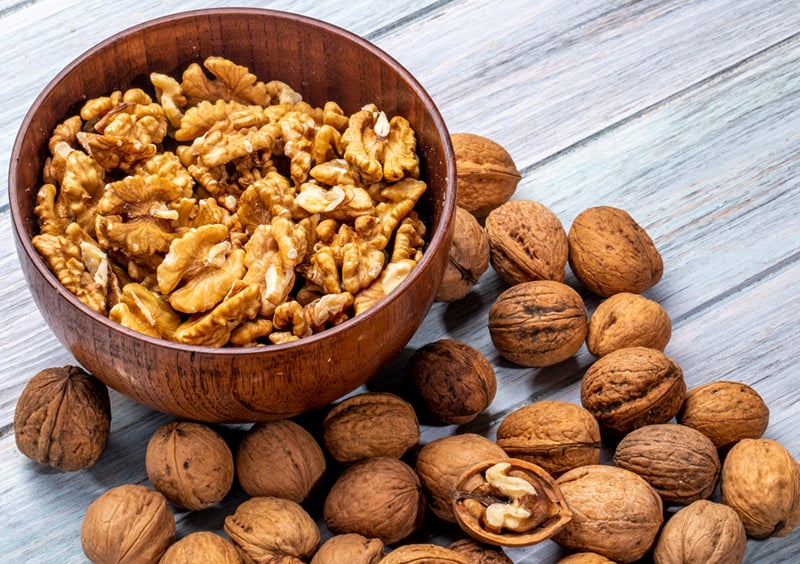
Often cited as a brain food, walnuts provide 2.5 grams of Omega-3 per one-ounce serving making up around 8-14% percent of the total fat in walnuts. Additionally, walnuts are the only nuts with significant amounts of ALA Omega-3.
Kidney Beans
Like with seeds, kidney beans are an excellent source of protein and other nutrients for those who are eating plant-based. Each one-cup serving of cooked kidney beans comes packed with 300 milligrams of ALA Omega-3 along with protein, phosphorus and iron.
Beans don’t have to be boring either. Throw them in a salad, add them to chili, or make a hearty vegetable stew.
Brussels Sprouts
Brussels sprouts are one of the few vegetables with a significant amount of Omega-3. Each ½ cup serving of Brussels sprouts provides 135 mg of ALA Omega-3 fatty acids. In addition to Omega-3, they’re loaded with vitamins, antioxidants, and fiber.
They’ve seen a bit of renaissance lately with recipes such as shaved Brussels sprouts salads and roasted Brussels sprouts with garlic.
Perilla Oil
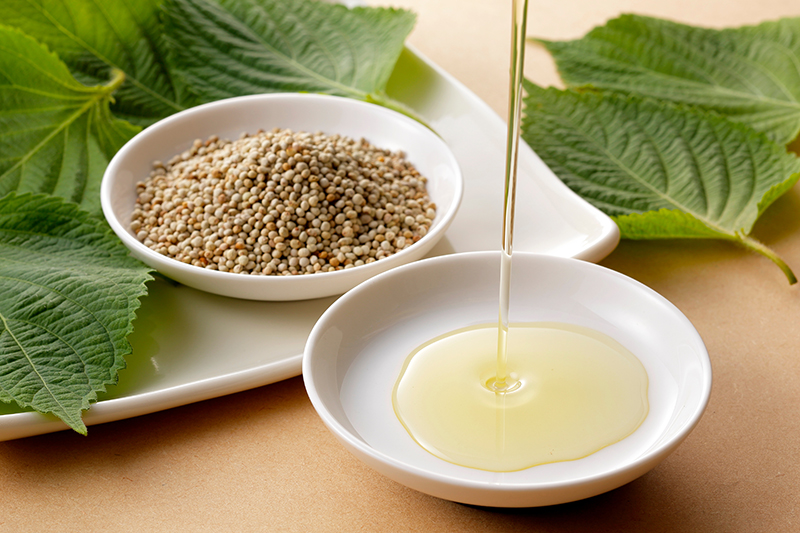
Perilla seeds and leaves, also known as wild sesame or Chinese basil, have been a staple in the kitchen cabinet as well as the medicine cabinet. Why is that? Perilla has anti-inflammatory properties along with it’s nutty aromas. When it comes to Omega-3, it has one of the highest concentrations among any plant oil at 54-64%.
Perilla oil is primarily used in Korean cooking but you can also find perilla oil supplement capsules.
How Much Omega 3 Do You Need Per Day?
The optimal intake from the American Heart Association is around 1.1 to 1.6 grams (1100-1600 milligrams) of Omega-3 per day.
Bottom Line
Omega-3 is an essential fatty acid that we must get from our diets. The benefits are mostly associated with EPA and DHA which primarily come from fish-derived Omega-3. However, there are many plant-based sources of ALA Omega-3 that our bodies can synthesize into EPA and DHA.
This article is provided for informational purposes only and is not intended to be used as medical advice. If you have immediate concerns about your health, please seek the help of your physician.
*These statements have not been evaluated by the Food and Drug Administration. Products are not intended to diagnose, treat, cure or prevent disease.




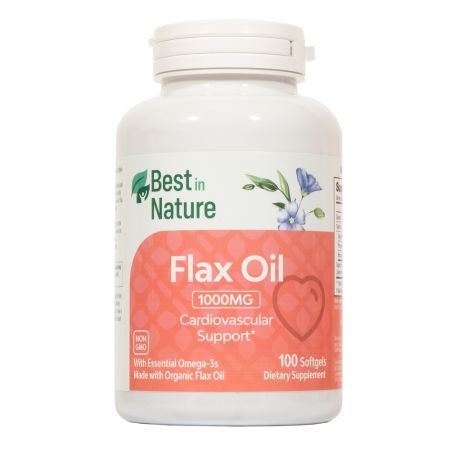
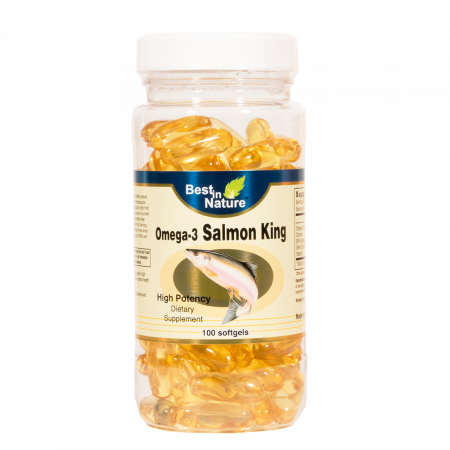
Validate your login
Sign In
Create New Account